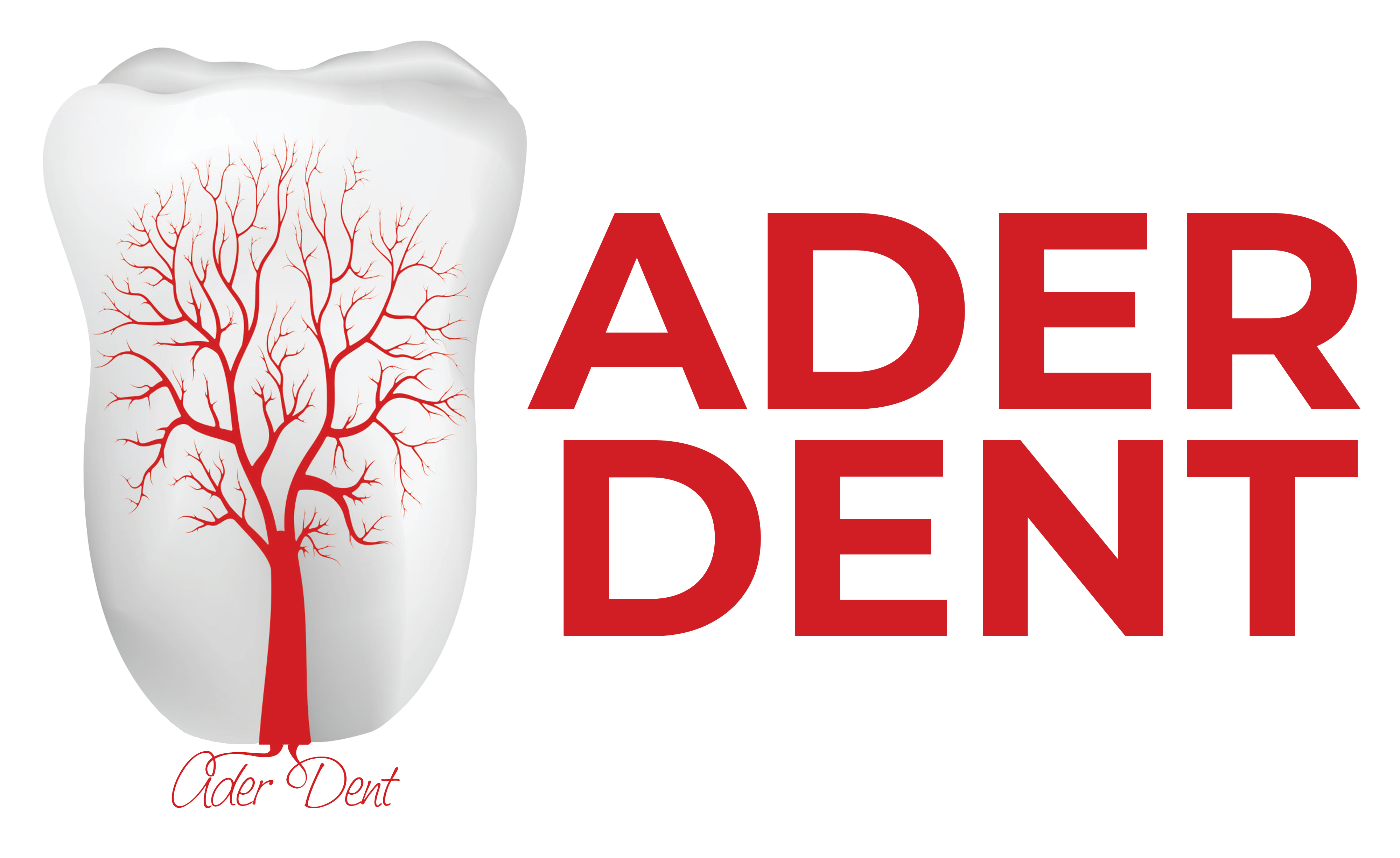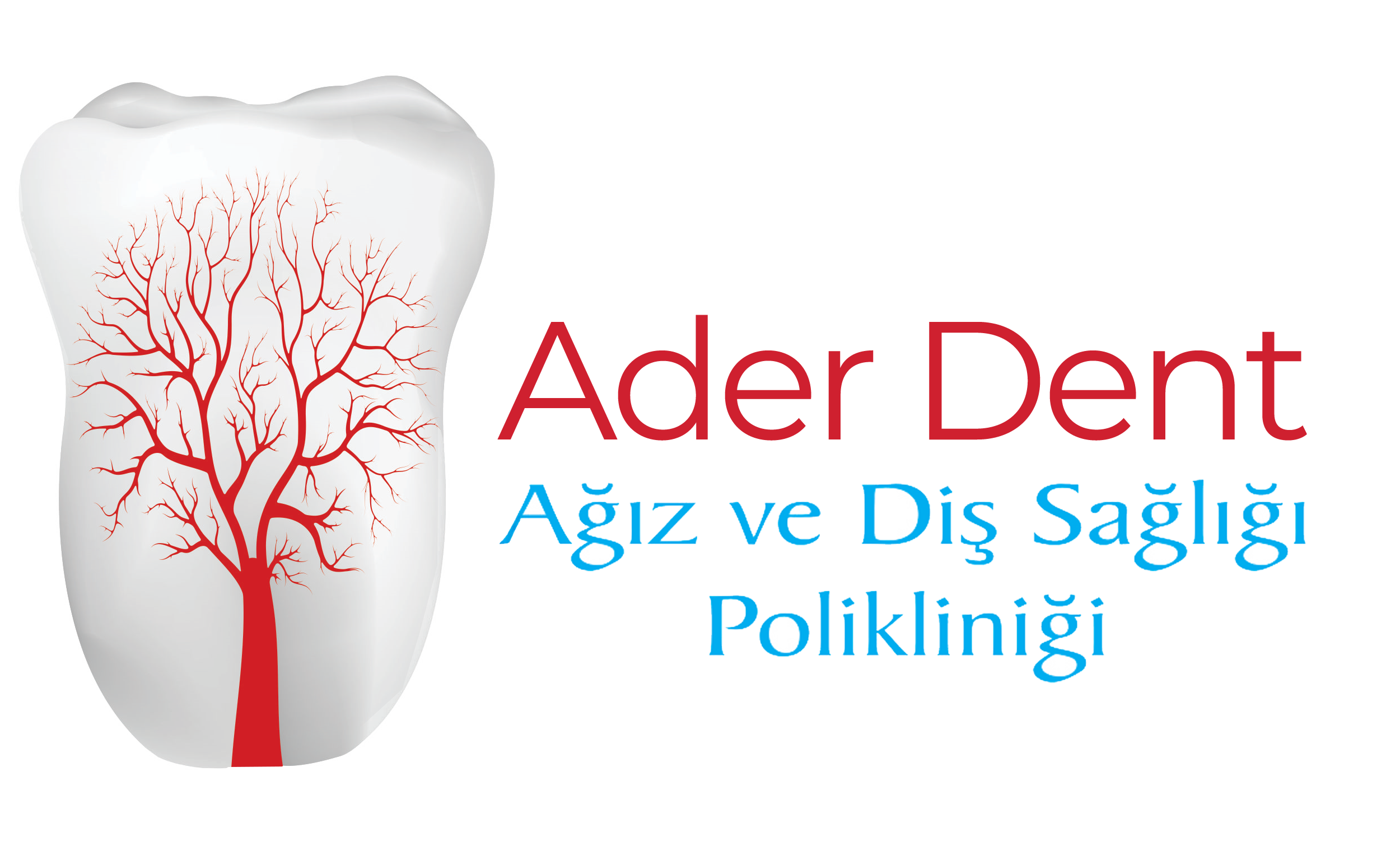Tooth decay is a common problem in both children and adults that, if left untreated, can lead to serious issues and poses a significant threat to oral and dental health. It occurs frequently in all age groups and can cause pain, infection, and tooth loss if not treated. In infants, early occurrences such as “baby bottle rot” can damage primary teeth and threaten the health of permanent teeth.
Tooth decay begins when bacteria in the mouth feed on carbohydrate-rich foods and produce acids. These acids damage the enamel, laying the foundation for cavities. If oral hygiene is neglected, the decay process can progress rapidly.
Bacterial plaque that forms especially on teeth that are not brushed regularly hardens over time and turns into tartar. This not only contributes to cavities but also increases the risk of gum disease. The risk of tooth decay varies depending on factors such as an individual’s saliva composition, tooth structure, dietary habits, and overall oral care. If untreated, tooth decay can lead to both aesthetic and functional problems. Placeholders may be used to preserve chewing function and alignment in areas where teeth are lost.
How Does Tooth Decay Start?
Tooth decay begins when bacteria in the mouth interact with sugary and starchy foods to produce acids that weaken the enamel.
The detailed process of tooth decay development is as follows:
- Bacteria form plaque on the tooth surface.
- Microorganisms in the plaque feed on sugary foods and produce acids.
- These acids dissolve minerals in the enamel, weakening it.
- Continued mineral loss leads to small cavities (initial decay).
- If left untreated, the decay can progress to the dentin layer and reach the tooth nerves.
What Helps Relieve Tooth Decay Pain?
Tooth decay pain can seriously affect quality of life. To relieve this pain and prevent further progression, some measures can be taken:
- Rinsing with warm salt water
- Using painkillers (as recommended by a dentist)
- Improving oral hygiene through regular brushing and flossing
- Limiting consumption of sugary and acidic foods
If the pain persists, it is crucial to see a dentist promptly; in advanced cases, tooth extraction may be required.
What Causes Tooth Decay?
Understanding the causes of tooth decay is important for both adults and parents. While poor oral hygiene is a primary factor, it is not the only one.
- Inadequate oral care
- Frequent consumption of sugary and acidic foods
- Reduced protective function of saliva
- Lack of regular brushing habits
- Genetic factors
These factors accelerate the progression of tooth decay and, if left untreated, can lead to more serious problems.
Why Does Decay Occur in Front Teeth?
Decay in the front teeth is a common dental issue that affects both aesthetics and oral health. Because front teeth are visible, decay directly impacts smile aesthetics. A frequent example in children is “baby bottle tooth decay.” Major causes of front tooth decay include irregular brushing, insufficient oral hygiene, excessive consumption of sugary foods, and frequent intake of acidic drinks.
These factors promote bacterial plaque buildup on the tooth surface, gradually weakening the enamel. The enamel of front teeth is often thin or sensitive, increasing the risk of decay in this area. Treatment methods for front tooth decay depend on the size and progression of the cavity; small early-stage cavities may require fillings, while more advanced cases may need root canal treatment or aesthetic crowns.
How Can You Tell if You Have Tooth Decay?
Early-stage cavities often show no symptoms. As decay progresses, the following signs may appear:
- Sensitivity to cold, hot, or sweet foods
- Discoloration or white/brown spots on the teeth
- Bad breath
- Pain or discomfort while chewing
When these symptoms are noticed, it is important to consult a dentist immediately. Early intervention reduces pain and prevents more serious dental issues.
How to Prevent Tooth Decay
Untreated tooth decay negatively affects both oral health and overall quality of life. Preventing cavities is much easier than treating advanced decay. Proper oral hygiene, balanced nutrition, and preventive measures can significantly reduce tooth decay in both children and adults.
Preventive measures include:
- Reducing the consumption of sugary foods and drinks
- Brushing teeth at least twice a day
- Paying attention to brushing duration
- Using dental floss
- Regular dental check-ups
If tooth decay is not prevented, it can lead to both aesthetic and functional problems. Therefore, regular oral care and dental visits are crucial for both children and adults


 TR
TR




